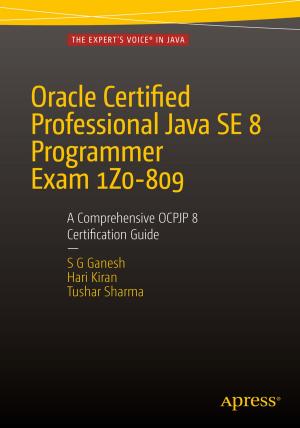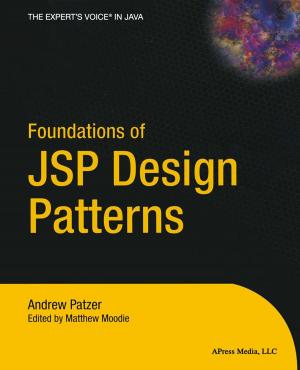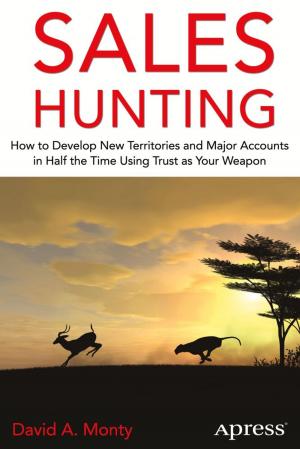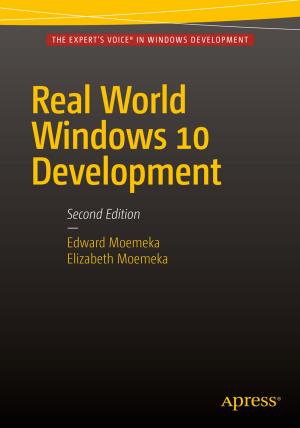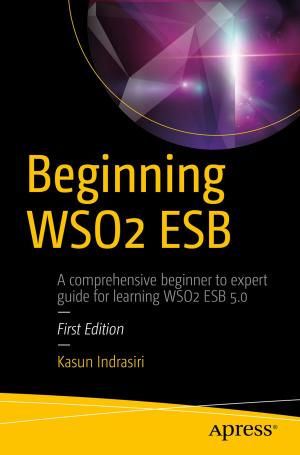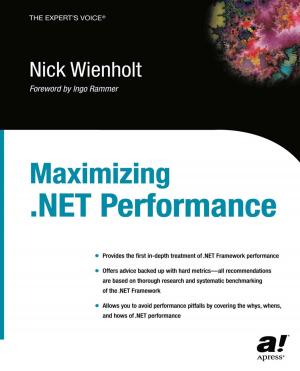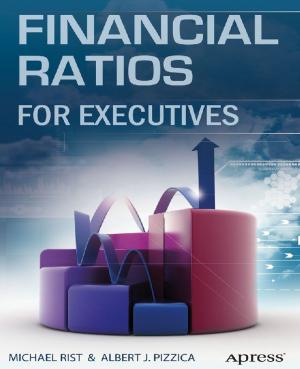Ruby Data Processing
Using Map, Reduce, and Select
Nonfiction, Computers, Database Management, Programming, Programming Languages, General Computing| Author: | Jay Godse | ISBN: | 9781484234747 |
| Publisher: | Apress | Publication: | February 19, 2018 |
| Imprint: | Apress | Language: | English |
| Author: | Jay Godse |
| ISBN: | 9781484234747 |
| Publisher: | Apress |
| Publication: | February 19, 2018 |
| Imprint: | Apress |
| Language: | English |
Gain the basics of Ruby’s map, reduce, and select functions and discover how to use them to solve data-processing problems. This compact hands-on book explains how you can encode certain complex programs in 10 lines of Ruby code, an astonishingly small number. You will walk through problems and solutions which are effective because they use map, reduce, and select. As you read Ruby Data Processing, type in the code, run the code, and ponder the results. Tweak the code to test the code and see how the results change.
After reading this book, you will have a deeper understanding of how to break data-processing problems into processing stages, each of which is understandable, debuggable, and composable, and how to combine the stages to solve your data-processing problem. As a result, your Ruby coding will become more efficient and your programs will be more elegant and robust.
What You Will Learn
-
Discover Ruby data processing and how to do it using the map, reduce, and select functions
-
Develop complex solutions including debugging, randomizing, sorting, grouping, and more
-
Reverse engineer complex data-processing solutions
**Who This Book Is For **
Those who have at least some prior experience programming in Ruby and who have a background and interest in data analysis and processing using Ruby.
Gain the basics of Ruby’s map, reduce, and select functions and discover how to use them to solve data-processing problems. This compact hands-on book explains how you can encode certain complex programs in 10 lines of Ruby code, an astonishingly small number. You will walk through problems and solutions which are effective because they use map, reduce, and select. As you read Ruby Data Processing, type in the code, run the code, and ponder the results. Tweak the code to test the code and see how the results change.
After reading this book, you will have a deeper understanding of how to break data-processing problems into processing stages, each of which is understandable, debuggable, and composable, and how to combine the stages to solve your data-processing problem. As a result, your Ruby coding will become more efficient and your programs will be more elegant and robust.
What You Will Learn
-
Discover Ruby data processing and how to do it using the map, reduce, and select functions
-
Develop complex solutions including debugging, randomizing, sorting, grouping, and more
-
Reverse engineer complex data-processing solutions
**Who This Book Is For **
Those who have at least some prior experience programming in Ruby and who have a background and interest in data analysis and processing using Ruby.



